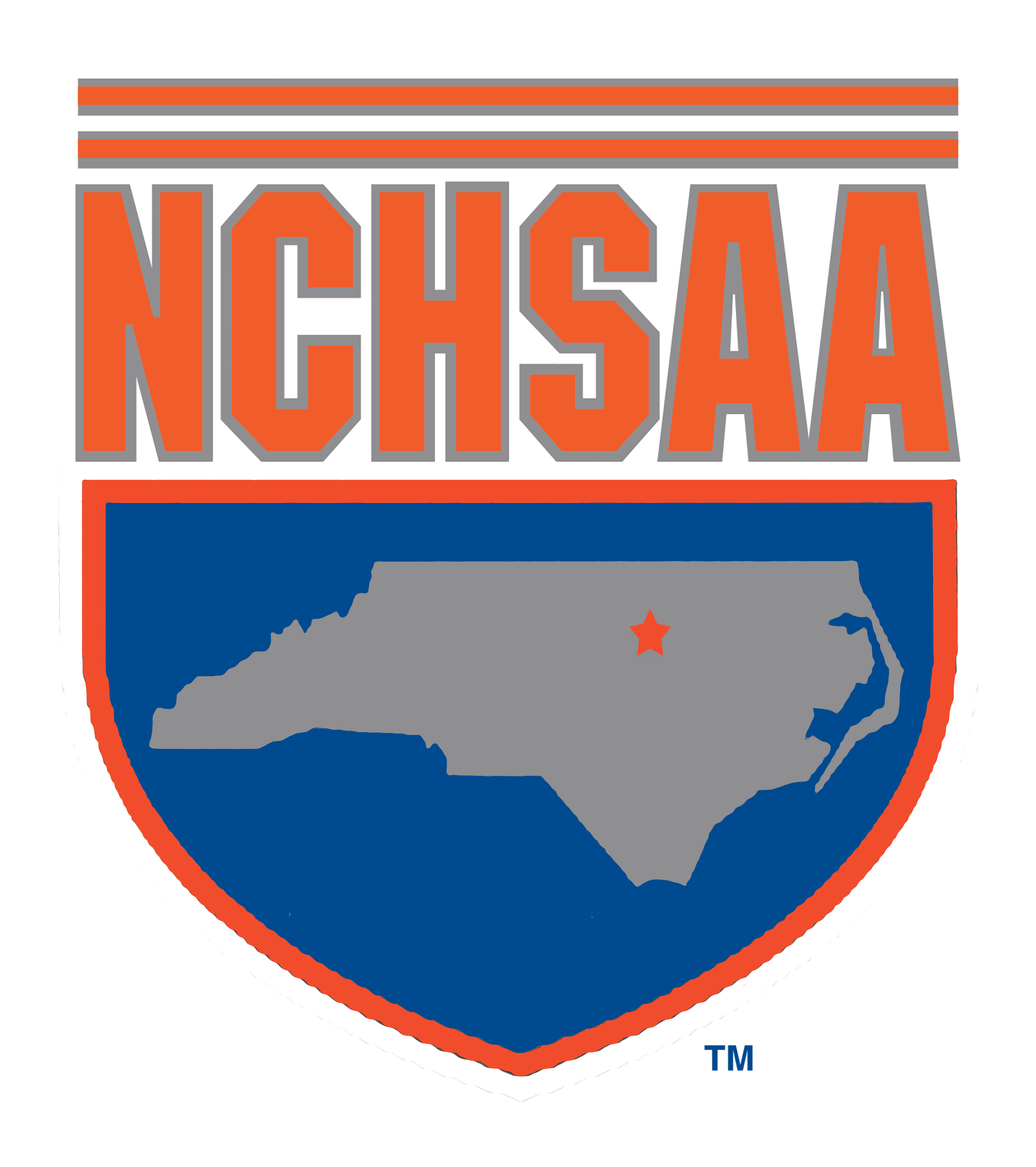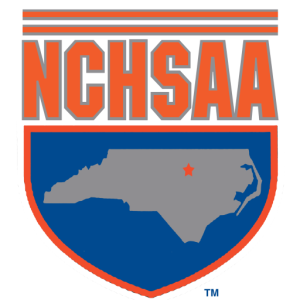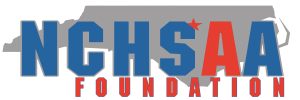By: Dr. Karissa L. Niehoff, NFHS Chief Executive Officer
It is regrettable that, for the second straight year as high school sports have commenced, several horrific acts of hazing have occured. In the month of August alone this year, we are aware of five highly publicized incidents across the country – one of which forced cancellation of a school's entire football season.
Unfortunately, it follows a similar pattern from a year ago when there also were several hazing incidents involving high school sports teams.
In addition to the extreme case of cancelling an entire season, one of the other cases last month involved a hospitalization and 21 players being suspended, while another suspended its football season during an investigation.
Unfortunately, incidents that have occurred the past two years are nothing new. It seems that dozens of acts similar to these are reported every year. Some of these acts may seem minor in nature, but many result in criminal charges being filed. No matter the severity, the “Why” question remains.
It is difficult to understand why people would mistreat others within the setting of high school sports and other activities. We know that the majority of student-athletes and coaches are not involved in hazing incidents and are making a positive difference in the lives of others. However, just one of these incidents is too many. High school sports and performing arts are education-based and designed to improve self-esteem in young people – not tear it down or destroy it.
By definition, hazing is any humiliating or dangerous activity expected of a student to belong to a group, regardless of the person’s willingness to participate. Any kind of initiation expectations should never be part of high school sports or performing arts.
In high school sports, students are part of teams, and each member of the team is essential to the overall success of the team.
Education and prevention must start from the beginning. School leaders must first establish an anti-hazing culture. Although traditions are often a part of high school athletics, these events must be presented in a positive, inclusive way. There should be no initiation process for first-year team members. Instead, rookies or newcomers should be welcomed and treated with respect from their first appearance on a team.
One of the myths that must be dispelled is that hazing builds camaraderie. Nothing could be further from the truth. Hazing tears people down; it can bring down a team and, in some cases, has ended seasons or led to more severe and unfortunate conclusions. There is never a good ending to any hazing ritual.
To build a positive school culture, coaches and athletic directors must take proactive steps. School leaders must supervise student-athletes and make it crystal clear with every student that hazing will not be tolerated. An anti-hazing policy must be developed, and it should be presented to every student and parent in advance of every sport season. The policy should be simple – no tolerance for hazing of any kind.
A tremendous resource to help in establishing a positive school culture is the online education course, “Bullying, Hazing and Inappropriate Behaviors,” which is available through the NFHS Learning Center at www.NFHSLearn.com. This course educates coaches about their legal responsibilities to provide a safe and respectful environment for the students in their care.
In addition, “Hazing Prevention for Students” is a free course designed to teach students how to identify hazing, when to step in, and why they should notify proper authorities.
The NFHS also offers a number of resources on hazing prevention for school staff, students and parents on its website at https://www.nfhs.org/resources/student-services-inclusion/hazing.
To continue our messaging from a year ago, when establishing a school’s approach to hazing, two words should not be considered: silent and passive. School leaders must say it often and say it with passion: “Hazing will not be tolerated.”
Dr. Karissa L. Niehoff is starting her fifth year as chief executive officer of the National Federation of State High School Associations (NFHS) in Indianapolis, Indiana. She is the first female to head the national leadership organization for high school athletics and performing arts activities and the sixth full-time executive director of the NFHS. She previously was executive director of the Connecticut Association of Schools-Connecticut Interscholastic Athletic Conference for seven years.



